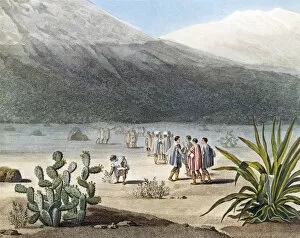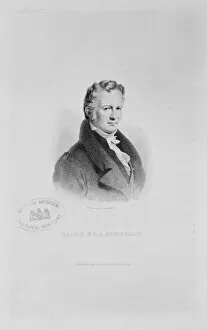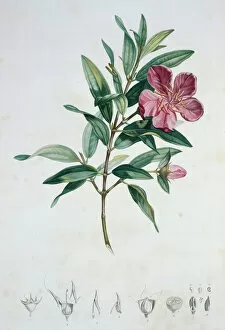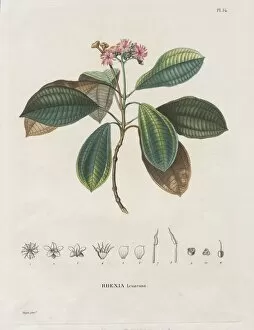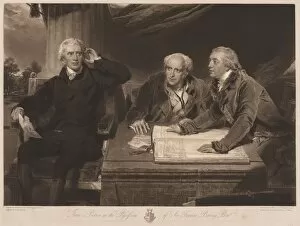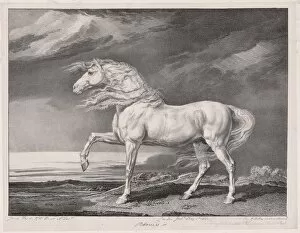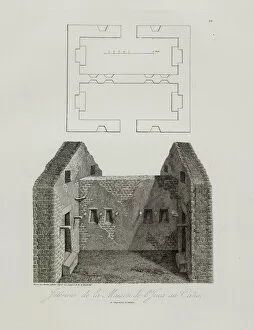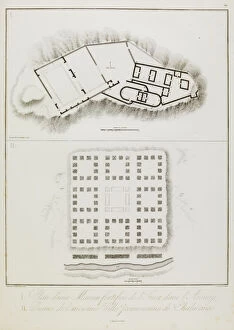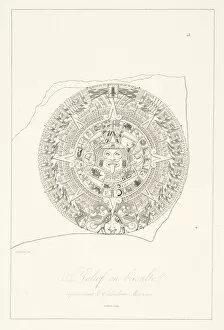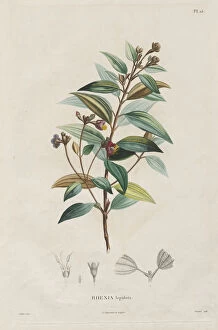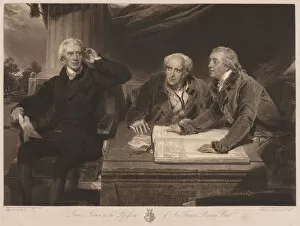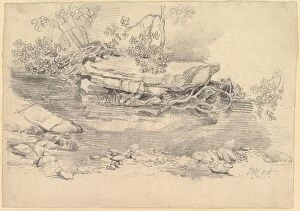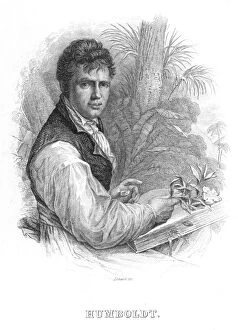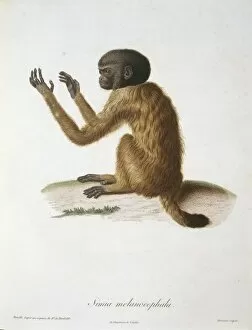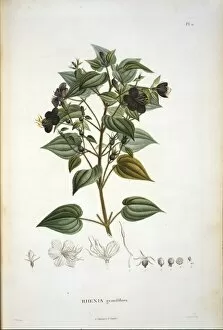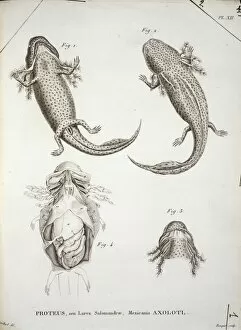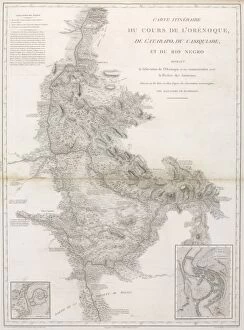1769 1859 Collection
In the year 1769, a remarkable journey began. Alexander von Humboldt and his party embarked on an expedition to collect plants in various regions of the new continent
For sale as Licensed Images
Choose your image, Select your licence and Download the media
In the year 1769, a remarkable journey began. Alexander von Humboldt and his party embarked on an expedition to collect plants in various regions of the new continent. Their discoveries would shape our understanding of the natural world. Alexander von Humboldt (1769-1859) was a renowned explorer and scientist who dedicated his life to studying and documenting the wonders of nature. His voyage, chronicled in "Voyage aux Regions equinoxiales du nouveau continent, fait dans les annees, " brought forth invaluable knowledge about plant species like Rhexia speciosa. But Humboldt's influence extended beyond scientific exploration. He inspired artists like James Ward (British, 1769-1859), whose creations captured the essence of nature's beauty. One such masterpiece is "Fourteen Celebrated Horses: Adonis, 1824, " showcasing Ward's talent for capturing movement and grace. Humboldt's travels also shed light on ancient civilizations. Through his work, we glimpse into the interior of Inca houses at Canar - their architecture and way of life preserved through time. The intricate details are depicted in "Interieur de la Maison de l Inca au Canar Vues des" and "I Plan d Maison fortifiee de l Inca dans l Assuay. " The legacy left by both Humboldt and Ward continues to inspire generations today. Their dedication to exploration, science, artistry, and preservation paved the way for future discoveries. As we admire these works from Sir Francis John Baring Charles Wall James Ward (British, 1769-1859), let us remember that they are not just mere paintings or drawings; they represent a profound connection between humans and nature – a bond that transcends time itself. Let us celebrate this union as we marvel at each stroke of color or line drawn with care – reminding ourselves that there is still so much more waiting to be discovered within our world.

